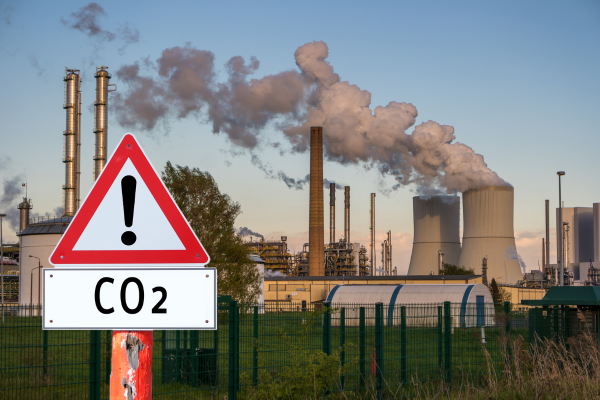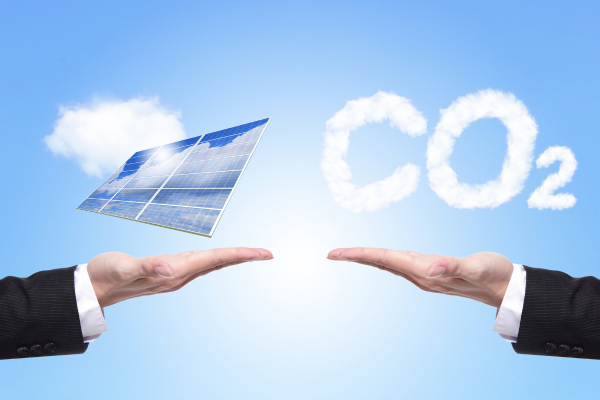The Carbon Border Adjustment Mechanism (CBAM) is a measure introduced by the European Union (EU) to fight climate change. It is intended to put a fair price on the carbon emissions generated during the production of goods imported into the EU, to ensure that European companies are not penalised in comparison with their foreign competitors who are not subject to similar environmental standards.
How does the CBAM work?
The CBAM system applies to a number of carbon-intensive products, including iron and steel, cement, aluminium, fertilisers, electricity and hydrogen. Importers of these products must pay a 'carbon tax' in the form of CBAM certificates purchased on an official platform, for a value equivalent to the carbon emissions generated during their production. The value of the CBAM certificates is calculated on the basis of the product's carbon content and the price of carbon in the EU.
What are the CBAM's objectives?
The CBAM has several objectives:→Prevent carbon leakage: : The CBAM aims to ensure that European companies are not penalised in comparison with their foreign competitors who are not subject to the same environmental standards. By taxing imports of carbon-intensive products, the MACF makes these products more expensive, giving importing companies an incentive to reduce their carbon emissions.
→ Encourage companies to reduce their carbon footprint: The CBAM incentivises companies to reduce their carbon emissions by internalising the cost of carbon in their prices. Companies that have already reduced their carbon emissions will benefit from the CBAM, as they will have to pay less tax.
What are the key dates to remember?
→ 1 October 2023: The transitional phase of the CBAM has started. Imports of products subject to this mechanism must be registered in order to be reported on a quarterly basis. No payment is associated with these declarations, as CBAM certificates are not yet in force.
→ 31 January 2024: Deadline for drawing up the first CBAM declaration (concerning imports in the last quarter of 2023). Quarterly declarations thereafter, still without payment.
→ 31 December 2025: End of the transitional phase and implementation of the permanent system. The CBAM declaration is now annual and the acquisition of CBAM certificates becomes compulsory. CBAM certificates must be acquired before CBAM products are imported into the EU.
Companies that import or produce carbon-intensive products need to be prepared for CBAM now.Who is the CBAM Declarant?
The CBAM declarant is the importer of CBAM products (identified by his EORI number), who is responsible for releasing the products for free circulation in the customs territory of the EU. However, if CBAM products are imported under the indirect representation procedure, it is the registered customs representative (RCR) who is responsible for the CBAM declaration.
What are the penalties for non-compliance?
Penalties began with the start of the transitional phase for CBAM Declarants who fail to fulfil their declaratory obligations. From 1 January 2026 (permanent system), the absence or lack of CBAM certificates will block the procedure for importing CBAM goods and result in financial penalties for the offender.
How do you prepare for this new mechanism?
Contact us today so that we can keep you up to date with the latest developments. The CBAM is an on-going process t and the regulations may change, but it is important for your company to keep up with the latest evolutions.
The CBAM is an important step in the fight against climate change. It will have different impacts on businesses, but it is crucial to familiarise yourself with it to get the most out of it.
So don't wait until the last minute and contact our team today for more information!
More information about CBAM on our dedicated page here.

